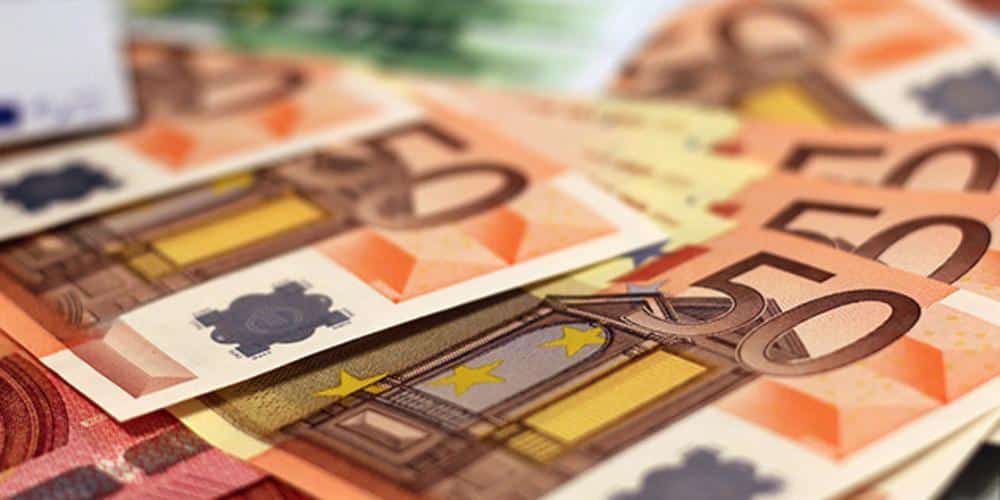Not all financial markets have been created equal, with the forex market offering a relevant case in point. In total, the global marketplace is worth a staggering $1.934 quadrillion, with this sum estimated to be 2.5-times larger than the global GDP.
The forex market is unique in terms of its composition too, from the way in which currencies are traded to the options available to investors.
We’ll explore this below, whilst asking how you can measure potential currency pairings and build a successful forex portfolio.
Currency Pairings – How do they Work?
Unlike the stock market, where traders can buy and sell a single stock, all currency trading is done in pairs.
More specifically, you’ll have to buy one currency and sell another to participate in the forex market. Whilst this may seem complex, it offers an advantage to forex traders who can invest in currencies as derivatives and never have to assume ownership of an underlying asset or financial instrument.
For novices or retail traders who typically operate through an online brokerage platform such as Oanda, there’s a common tendency to trade currency pairings in micro-lots. The reason for this is simple; as a single pip in a micro lot represents only a 10% move in the overall price.
This undoubtedly makes losses more manageable and easier to absorb, with one pip being equal to approximately £1 in a mini-lot. Conversely, the same single pip in a standard lot is equal to £10, and given that currency, pairings can see their valuations fluctuate by as much as 100 pips or more in a trading session it enables traders to mitigate and minimize their risk.
Targeting the Best Currency Pairings for You
Whilst there are more than 50 currency pairings available on the forex market, the majority of trading activity is confined to just 18 pairs.
If we drill down further into the market, we see that more than 85% of all global forex market transactions involve the top seven, so-called ‘major’ currency pairings. These include EUR/USD, USD/JPY, GBP/USD, AUD/USD, NZD/USD, USD/CAD, USDCHF.
This creates a small but potent selection from which you can build your portfolio, whilst enabling you to identify the pairings that are best suited to the current geopolitical and macroeconomic climate across the globe.
By measuring this data alongside the core macroeconomic factors that influence the value of individual currencies and pairings (including inflation, interest rates and the prevailing level of public debt), you can tailor a real-time forex portfolio that underpins success and enables you to profit from the market conditions.














Leave a Reply